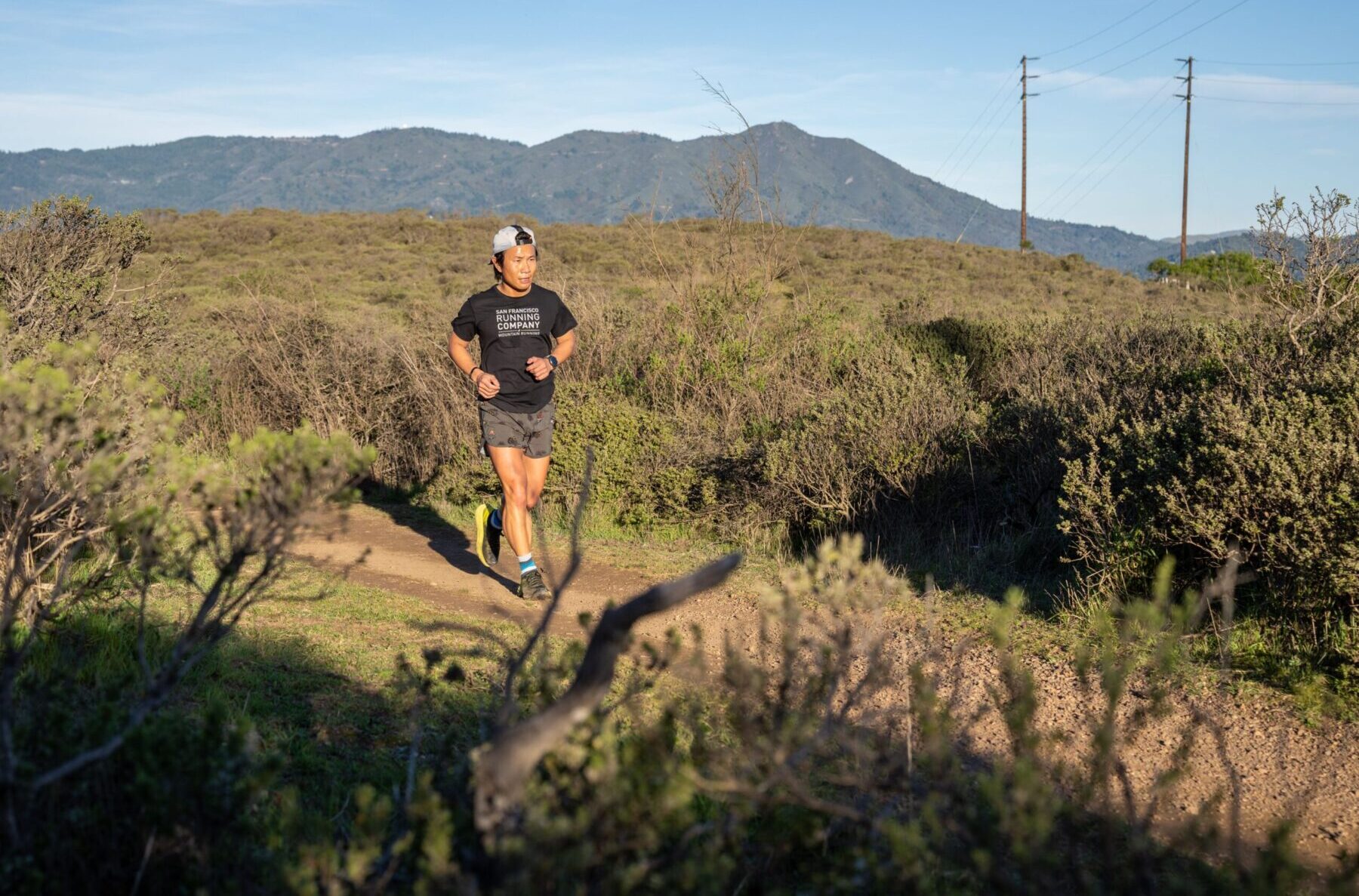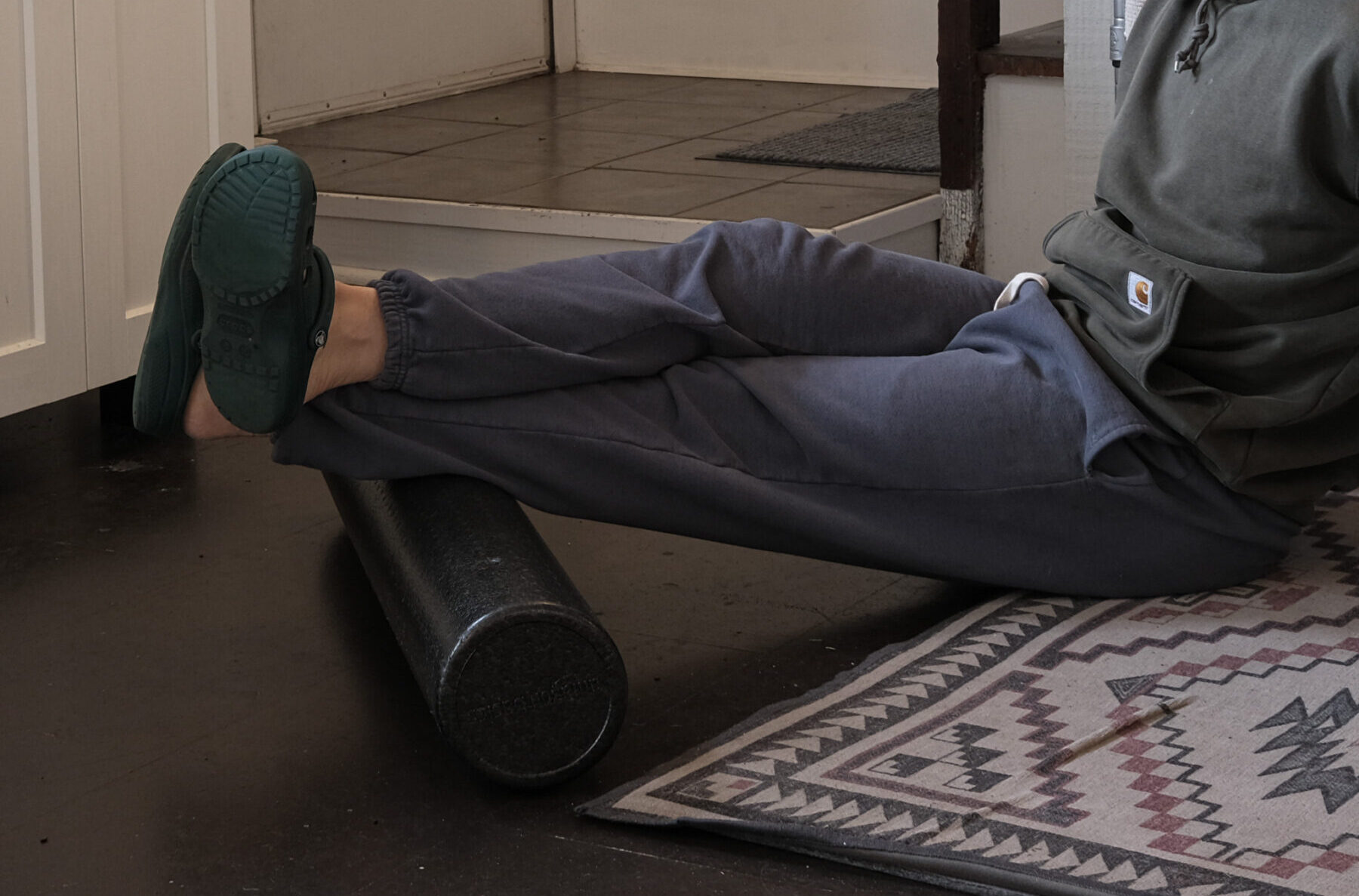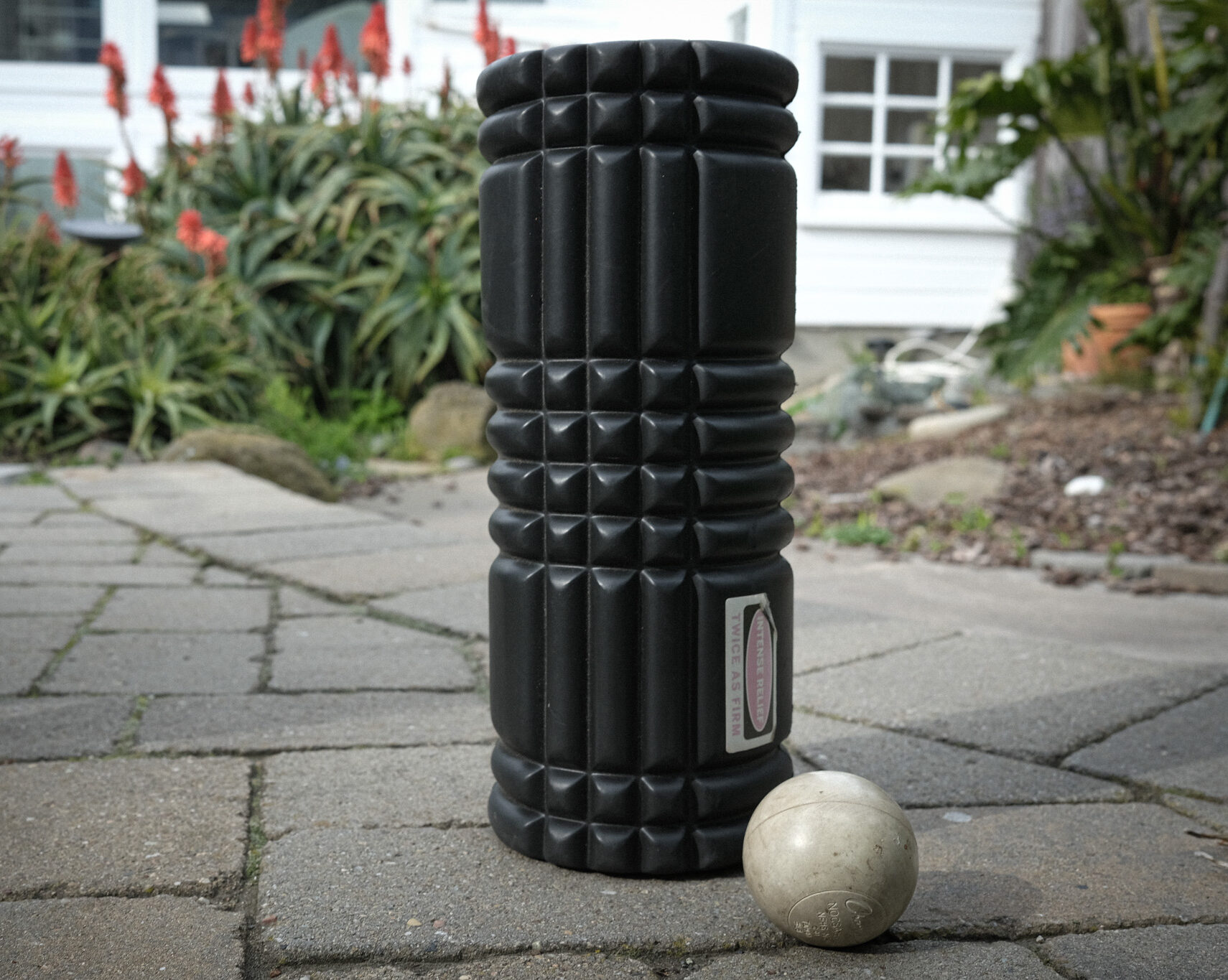
In our Trail Running 101 series, we’re covering just about everything you might want to know to get started in the sport, as well as tips and tricks for experienced runners to make it more enjoyable. This is the ninth part of the series; stay tuned for more.
Intro
Gone are the days when I could escape the physical consequences of rolling out of bed, downing enough coffee to get within a few ounces of an arrhythmia, and head straight into my jaunt up the local hill. Most mornings my body now creaks like a rusted-over pickup that’s been left in a barn; it takes a few twists at the ignition to get it started and if I let it idle too long it’ll quit on me in an upset haze. I’m only on the cliff’s edge of my late 20s, but I’ve been called an old soul and I’m now beginning to feel like one, too.
Ironically, I know what it takes to not feel decrepit all the time, like my muscles are filled with sand. Spending time living around and training with people who do this sport professionally, who literally center their day around it, has provided me with a proven blueprint for how to recover properly between runs, and it’s really not that hard to follow! Why I often refuse to do the bare minimum of work required to replace what I’ve exacted from my poor body after a few hours spent hurling it brazenly down a trail is a mystery, but allow me to preach some basic recovery protocols I might not necessarily practice all the time anyway.

What I’ll put forward in this article is not meant to be prescriptive, nor is it methodically researched. The strategies I touch on are a mosaic of things that have worked for me in the past and that I’ve anecdotally seen work for others. There are plenty of more involved resources out there if you want to go beyond waist-deep in recovery techniques; I’m sure a quick Google search will net you several lifetimes worth of reading material on the subject (or just check out episodes 122 and 151 of our Off The Couch Podcast). It’s an exciting, burgeoning field that I won’t even pretend to understand outside of the consensus nuts and bolts, but for many folks, especially those new to running and/or moving their body in significant ways, implementing a few basic recovery practices could help keep you out on the trails and off the couch.
00:00 — 00:45 min Post-Run
From personal experience, the worst thing you can do immediately after a run is to fold yourself into the front seat of your car and bail (the same thinking applies to planting yourself firmly in your desk chair if you happen to run from home). As someone with an irrational phobia of being late to anything (allegrophobia, check it out), I’ve definitely been guilty of this before, and without fail I end up paying for turning my body into crumpled origami later in the day.
Herein lies the importance of allowing yourself to cool down. Once I’ve made it back to my car, I’ll circle the parking lot for a handful of minutes to catch my breath and allow my heart rate to tick back to double digits. This is also a great time to check in with yourself and identify any problem areas that were overused during your run that you can bookmark for treatment later. One of my calves always ends up holding more tightness than the other, so I’ll hang out and stretch it on a nearby curb to get a jumpstart on that process.
Debates about the ideal post-workout fueling window are as old as the day is long, and after being scrupulous about trying the most popular versions with exactitude (e.g., slamming massive amounts of stomach-turning whey protein beverages like my life depended on it; sipping on sugar-laden, expensive electrolyte cocktails to refill depleted glycogen stores; not taking in anything), I’ve settled into a less stringent approach. I always try to take in some form of calories within ~45 min of ending my run, which often takes the form of a congealed bar of some kind that’s been aging in a corner of my car, or a cappuccino if a social coffee stop is on the agenda.

Most folks aren’t going to be ravaged by hunger after exercise, myself included, so I tend to gravitate toward foodstuff that’s either in liquid form or hyper-palatable, like a baked good. Slugging back a sports drink, one with or without protein, has the added benefit of rehydrating you too, a convenient way to kill two birds if you’re pinched for time.
A broader theme I’d like to communicate through this article is the idea that keeping things simple ensures their sustainability. There’s been so much hand wringing over what to do immediately after a run that the entire process has become laden with guilt / fear over not doing the “right” thing at the “right” time to facilitate recovery. This attitude willingly overcomplicates something that should be pretty basic and intuitive. For us unserious recreational athletes who don’t depend on performance for our livelihood and who just want to feel a bit better on our next run, it’s not worth overthinking the benefits of walking around a bit before getting into your car and taking in some kind of human food, be it in solid or liquid form, ideally within 45ish minutes of ceasing exercise.
01:00 — 03:00 hrs Post-Run
Admittedly, it is within this period that I start to neglect my body. After I’ve showered and put on my non-running uniform, my brain shifts its gaze and attempts to ignore the massive block of cardio I put it through earlier in the day. Unfortunately, this means I miss out on what I think is a critical window for recovery.
Once the acute effects of exercise have had time to dissipate, say, in the 1-3 hours succeeding, I should spend some time, well, rolling around on the ground stretching and performing some deep tissue massage. For whatever physiological reason, the muscles in my legs tend to clench back up at this point and I’ve learned that loosening them again throughout the morning / afternoon pays dividends the following day.


03:00 — 12:00 hrs Post-Run
The further removed you get from your run, the more recovery should kind of just blend into plain old healthy living, in my opinion. What that means varies from person to person, but I think always eating enough (and sometimes more) to support your level of activity, drinking plenty of fluids, and conking out at a reasonable hour are routines most folks can get behind. That said, I’ve picked up a few specific habits that I’ve noticed really help freshen up tired legs when I’ve been consistent with them.
- Taking an afternoon or evening walk: It’s all too easy to fall into the trap of happily lazing about for the rest of the day just because you ran that morning. While in some cases inactivity is definitely warranted, I’ve found that I tend to fare better physically if I sprinkle in some light movement every couple of hours or so. This often literally looks like a walk around the block (the bar is set pretty low here).
- Naps: Where do I start? Naps rule. Sleep is where the majority of recovery takes place, so whenever I have the opportunity to knock off for 20 minutes or so, I’ll take it. Even if your brain is hardwired in such a way that keeps you from a midday snooze, since the ability to nap is not a given, you can still benefit from Non-Sleep Deep Rest (NSDR).
- Supplements: I’ll try to be careful here. The supplement industry — especially the growing segment of it dedicated to recovery — can be an unsavory place, filled with sharply packaged snake oil and expensive pills / powders containing nutrients you’re probably better off getting from real food. I’m a skeptic at heart, so I try to keep my intake of these sorts of products pretty limited, sticking to what I know works for me. This stack includes a high-quality fish oil supplement to combat inflammation, tart cherry juice to decrease muscle soreness, and electrolyte tabs I’ll mix into water (I’m personally a big fan of Active Hydration from Tailwind Nutrition and Hydration Drink Tabs from Gu Energy). While these all tend to be pretty safe to consume for most folks, it’s definitely worth checking in with your doctor before starting any kind of supplement regime.
